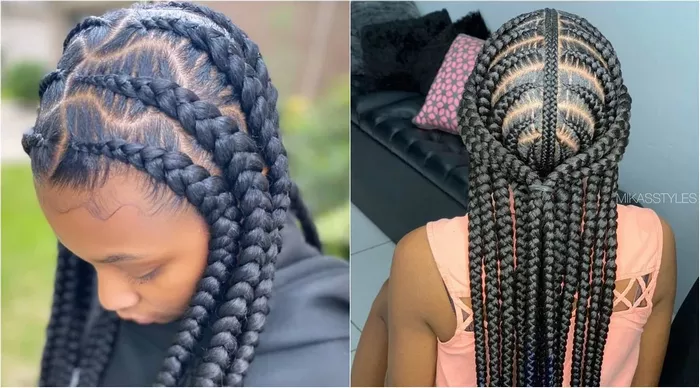The Ministry of Education in St Kitts and Nevis has heralded a new era of inclusivity and self-expression with the unveiling of the forthcoming student hair guidelines, slated to be in effect from September 2023. This monumental step reflects a resolute commitment to eradicating any potential sources of discrimination tied to hair and associated styles, while simultaneously cultivating an environment where students’ pursuit of education knows no bounds.
Anchored in the ethos of unity and acceptance, these groundbreaking guidelines underscore the Ministry’s dedication to fostering a harmonious educational milieu that values diversity and celebrates individuality. Every strand of hair, every curl, every coiffure shall be a canvas for personal expression, unhampered by stifling conventions.
Outlined below are the key components of the transformative student hair policy that will soon become an integral part of St Kitts and Nevis’ educational landscape:
Hair Maintenance: Students are required to maintain hair that is consistently tidy and well-groomed.
Natural Versatility: The guidelines champion the freedom for male and female students to embrace an array of traditional haircuts, natural locs, afros, and cornrows.
Unobtrusive Styles: While endorsing diversity, the policy emphasizes that hairstyles should not hinder the line of sight for fellow students. Religious or medically-necessary hairstyles (such as afros) should be arranged to prevent visual obstruction.
Subtle Hair Designs: Haircut designs are advised to be simple, limited to two straight lines, each extending no more than 10cm/4 inches in length.
Extension Empowerment: Extensions find a place within the guidelines for female students. However, these extensions should not extend beyond shoulder length, especially within laboratory spaces. The width of buns should also be contained within 10cm/4 inches. Extensions are required to match the student’s natural hair color. It’s notable that nurseries and preschools are not included within the purview of hair extensions or rubber bands.
Consideration for Medical Conditions: The policy manifests compassion by allowing female students grappling with medically-proven hair loss conditions (alopecia, scalp infections, lupus, cancer, etc.) to don wigs as a means of reestablishing their sense of self.
Aesthetic Boundaries: A line is drawn against unnaturally colored hair, wigs, and weaves. However, an exception is extended to female students with substantiated medical reasons. Such students can embrace wigs as a means of empowerment and identity reclamation.
Age-Appropriate Styling: Safety considerations take precedence, especially for younger students. Preschool to grade 2 students are discouraged from adorning beads, with male students of all ages prohibited from wearing beads. Female students in grade 3 and above are permitted beads, provided they are secured to avoid any ocular contact. All hair accessories, including ponytails, bows, and ribbons, are advised to match the uniform’s color palette.
Embracing Identity: The guidelines prohibit eyebrow markings or lines, as well as eyelash extensions. However, the male student community is encouraged to groom their facial hair, including sideburns and beards. There is also the provision for students to remove excess facial hair.
Safety Awareness: Students are expected to observe safety protocols meticulously within specialized rooms such as Science Labs, Industrial Shops, and Home Economics Centers.
The Ministry of Education’s declaration resonates with a resounding commitment to creating a nurturing environment where inclusivity is a cornerstone, and respect for individual expression is paramount. These hair guidelines reflect a harmonious blend of principles that are rooted in the value of diversity and seamlessly aligned with established educational standards. In embracing these guidelines, St Kitts and Nevis embark on a transformative journey that mirrors the beauty of every student’s distinctive identity.

